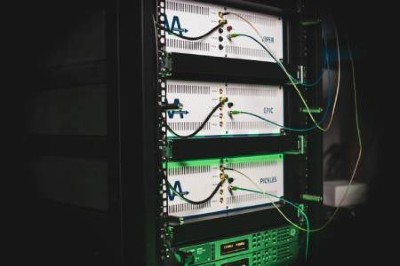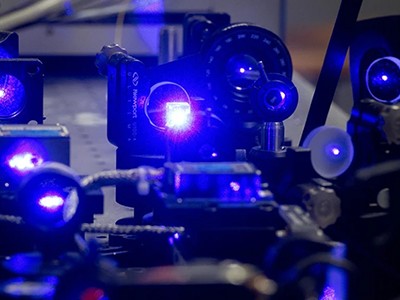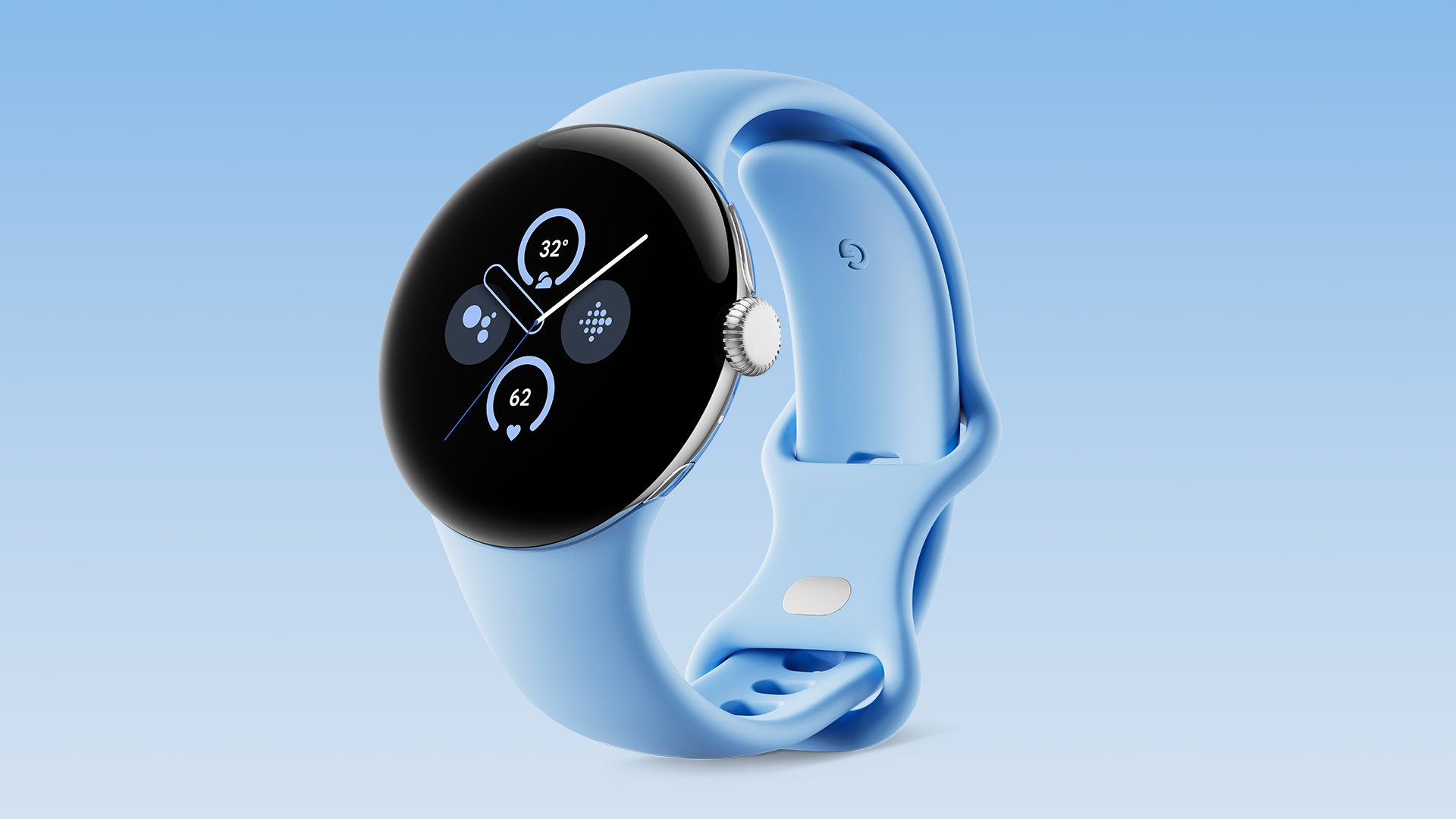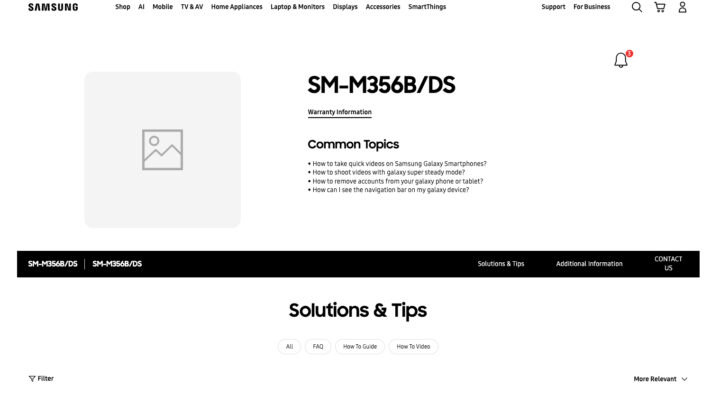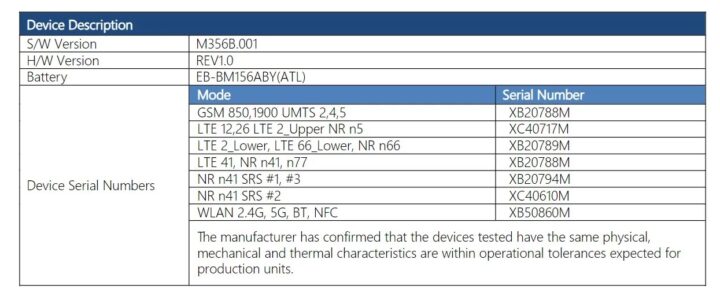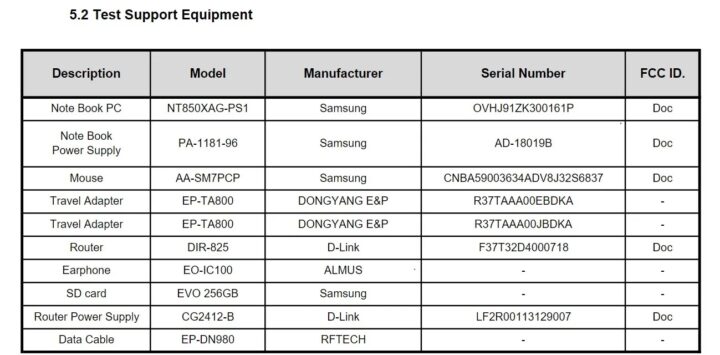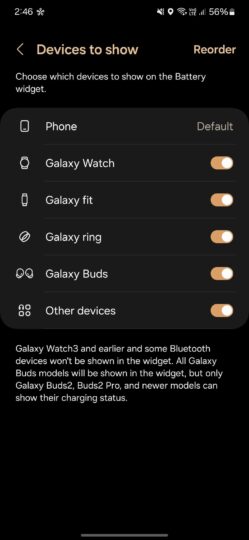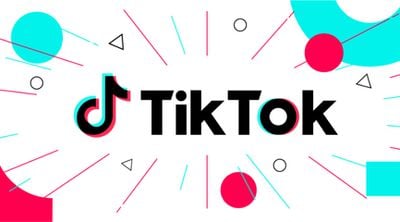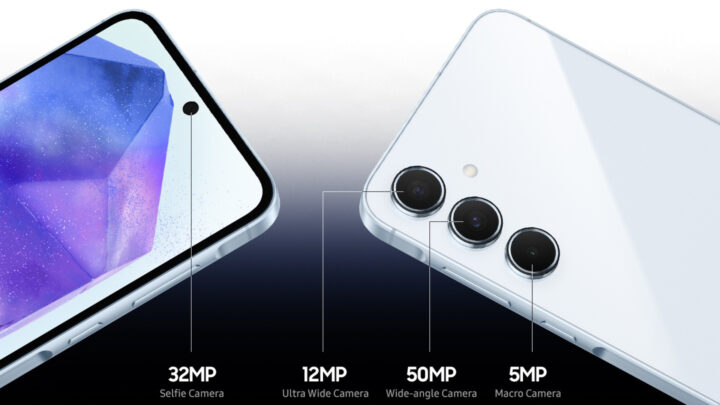[ad_1]

In principle, a nuclear clock should be more precise and more stable than an optical clock (pictured).Credit: Andrew Brookes, National Physical Laboratory/Science Photo Library
Scientists have taken a major leap towards making an entirely new type of clock — one based on tiny shifts in energy in an atomic nucleus. In principle, a nuclear clock could be even more precise than the world’s current best timekeepers, known as optical clocks, and less sensitive to disturbances.
A nuclear timekeeper could also allow physicists to study fundamental forces of nature in new ways. “We will be able to probe scenarios of dark matter and of fundamental physics that are currently inaccessible to other methods,” says Elina Fuchs, a theoretical physicist at CERN, Europe’s particle-physics laboratory outside Geneva, Switzerland.
Atomic clock keeps ultra-precise time aboard a rocking naval ship
The long-sought breakthrough — made by a collaboration between the Vienna University of Technology and Germany’s national metrology institute, the PTB, in Braunschweig — involved using an ultraviolet laser to prompt a nucleus of the radioactive metal thorium-229 to switch between energy states. The frequency of light absorbed and emitted by the nucleus functions as the clock’s tick. The researchers published their work in Physical Review Letters on 29 April1.
“This is major,” says Adriana Pálffy-Buß, a theoretical physicist at the University of Würzburg in Germany. Driving the transition with a laser is “the milestone you need to say ‘I’ll be able to build a clock’”.“It is a culmination of nearly a half a century of effort of many scientific groups,” says Olga Kocharovskaya, a physicist at Texas A&M University in College Station.
Precision timing
Optical clocks keep time so well that they waver by just 1 second every roughly 30 billion years. Their ticks are governed by the frequency of the visible light needed to shift an electron orbiting an atom such as strontium between energy states.
But a nuclear clock could do even better. It would use the more energetic transition of boosting the nucleus’s protons and neutrons to a higher energy state. This would use slightly higher frequency radiation, meaning that time could be sliced even more finely to create a more precise clock. More importantly, such a clock would be much more stable than an optical clock, because particles in the nucleus are less sensitive than electrons to external fields or temperature.
Climate change has slowed Earth’s rotation — and could affect how we keep time
But finding a material with a suitable nucleus has proved difficult. Energy transitions in most nuclei tend to be huge, requiring much more than the nudge of a tabletop laser. In the 1970s, physicists discovered that thorium-229 is an anomaly — its first energy state is extremely close to its lowest, ground state. And in 2003, physicists proposed using thorium-229 as the basis of a super-stable clock, but they needed to find the precise energy of the transition and its corresponding laser frequency, which would have been impossible to predict with any accuracy using theory. Since then, experimentalists have used range of methods to narrow down the figures.
To observe the transition, researchers placed radioactive thorium atoms into crystals of calcium fluoride that were a few millimetres wide. Scanning across the expected region with a purpose-built laser, they eventually hit upon the right frequency — around 2 petahertz (1015 oscillations per second) — which they detected by spotting the photons emitted as the nuclei returned to the lower energy state. Co-author Thorsten Schumm, an atomic physicist at the Vienna University of Technology, recalls scrawling “found it” in large red letters across his lab book at a meeting convened the next day to discuss the promising-looking signal. “It was crystal clear,” he says.
The team pinpointed the frequency with a resolution 800 times better that the next best attempt. A team at the University of California, Los Angeles, has since reproduced the result using a different crystal, but the same frequency, says co-author Ekkehard Peik, a physicist at PTB. It’s “a very nice confirmation”, he says.
Fundamental physics boost
To turn the system into an actual clock, physicists will need to markedly reduce the resolution of the laser, so that it stimulates the nucleus at almost exactly the right frequency to be read off reliably, says Peik. Building such a laser “remains a big challenge, but there are little doubts that it will be achievable in the near future”, adds Kocharovskaya.
If all goes well, the team says that a thorium-based nuclear clock could end up being around 10 times more accurate than the best optical clocks. “It’s the robustness with respect to external perturbations that will make this a better clock,” says Schumm. Hosting the nuclei in a solid crystal could also help to make the clock more compact and portable than optical systems.
Chinese team syncs clocks over record distance using lasers
Scientific methods that were made possible by super precise optical clocks, such as probing Earth’s gravitational field by measuring differences in clock speed, “could get a major boost”, says Kocharovskaya.
Physics could also benefit at a deeper level. A nuclear clock would be around 10,000 times more sensitive to changes in fundamental constants — such as the strength of the electromagnetic and strong nuclear forces — than an optical clock is, says Fuchs. This means that they could detect proposed forms of dark matter, an invisible substance that physicists think accounts for 85% of material in the Universe, and which are predicted to make minuscule changes in the strength of these forces.
“It could be that there’s very ‘light’ dark matter that wiggles around and that could make these fundamental constants wiggle,” says Fuchs. Nuclear clocks might be able to detect that wiggle, she says, because the energy of their transition is governed by these forces, and any change in their strength would alter the clock’s tick in a measurable way. Nuclear clocks could also detect whether some particle masses change over time, she adds. Fuchs and her collaborators are already working on their first paper, on the basis of the frequency measurement. “This is exciting us quite a lot,” she says.
[ad_2]
Source Article Link


